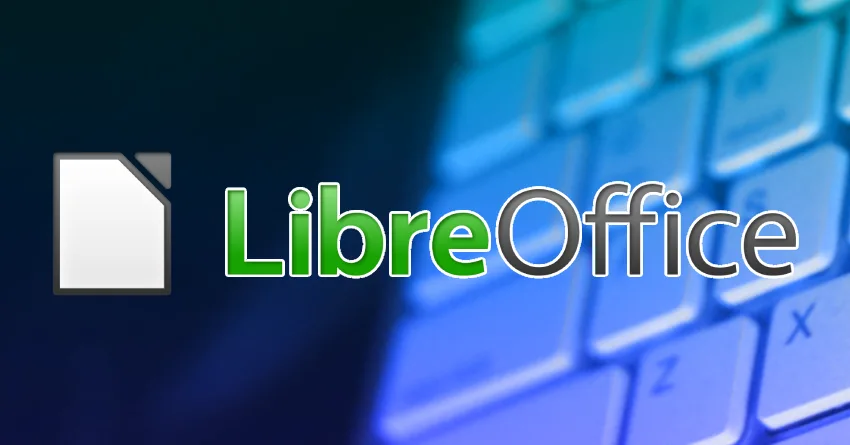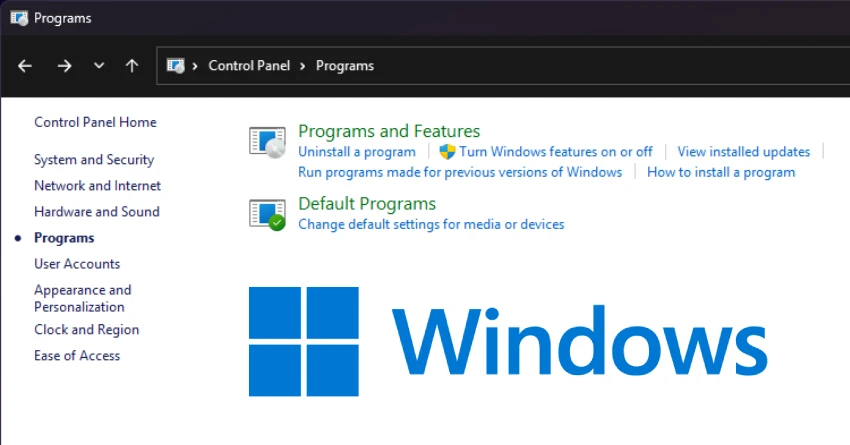Starting your journey into video editing can feel overwhelming, but with the right guide, it becomes an enjoyable and rewarding experience. This complete beginner's guide will walk you through choosing the perfect software, exploring essential features, and gaining confidence in editing your own videos.
Why Video Editing Matters
In today's digital world, videos have become a crucial medium for storytelling, marketing, and personal expression. Whether you're creating vlogs, social media content, or personal projects, mastering basic editing skills can significantly enhance the quality and appeal of your videos.
Video editing allows you to combine raw footage, audio, graphics, and effects to produce a cohesive and engaging narrative. The ability to edit effectively transforms ordinary video clips into compelling stories that resonate with your audience. Good editing not only improves aesthetics but also enhances clarity, ensures viewer engagement, and conveys your intended message clearly.
Choosing Your First Video Editing Software
The first step to becoming a confident video editor is selecting suitable software. Here are three beginner-friendly options:
- DaVinci Resolve – Known for professional features yet accessible for beginners, it offers a free version with extensive capabilities, including color grading, transitions, and special effects.
- Adobe Premiere Rush – Simplified from Adobe Premiere Pro, it's ideal for beginners wanting a straightforward interface. Its integration with Adobe Cloud allows for easy cross-platform editing.
- iMovie – Perfect for Mac users, iMovie is intuitive, free, and offers all the basics you need, such as simple transitions, titles, and effects.
Before choosing, consider your editing needs, budget, platform compatibility (Windows or Mac), and your comfort level with technology. Try out the software through trial versions to identify the one you find most intuitive.
Understanding Essential Features
When starting, focus on mastering these basic features:
- Importing Footage: Learn to upload your video files into the editing software. Understanding file formats (MP4, MOV, etc.) will make the process smoother.
- Timeline Editing: This is where most editing happens. Dragging clips onto the timeline, cutting unwanted parts, and rearranging segments are fundamental skills.
- Transitions: Smooth transitions between scenes (like fades and dissolves) make your video more professional and appealing.
- Titles and Text: Adding text for titles, captions, or subtitles enhances viewer engagement and comprehension.
- Audio Management: Good audio makes or breaks a video. Learn basic adjustments, such as balancing audio levels and removing background noise.
Quick Tips for Better Video Editing
- Organize Your Files: Create folders for your video clips, audio tracks, and graphics to streamline your workflow.
- Keep it Simple: Beginners often overuse effects. Start simple, focusing on clean cuts and minimal transitions.
- Watch Tutorials: Platforms like YouTube have extensive beginner-friendly tutorials. Regularly watching these can rapidly improve your skills.
- Practice Regularly: Consistency will help you improve faster. Edit short clips frequently to familiarize yourself with the software.
- Backup Your Projects: Always keep backups of your editing projects to avoid losing work due to technical issues.
- Seek Feedback: Share your edits with friends or online communities to get constructive feedback that can help you grow.
Common Beginner Mistakes to Avoid
- Ignoring Audio Quality: Audio quality is just as important as video. Invest time in learning audio basics.
- Overloading with Effects: Less is more. Keep your edits clean and straightforward.
- Skipping Tutorials: Tutorials provide valuable shortcuts and insights—don't overlook their importance.
- Poor Planning: Jumping into editing without a clear vision or storyboard often leads to confusion and frustration. Plan your edits beforehand to streamline the process.
- Rushing the Editing Process: Take your time. Quality editing requires patience, attention to detail, and sometimes multiple revisions.
Advanced Features to Explore Next
As you become comfortable with the basics, you might want to explore more advanced features such as:
- Color Correction and Grading: Enhancing the visual appearance of your video to ensure consistency and create mood.
- Special Effects and Animations: Incorporating animations or visual effects to make your content more dynamic and visually appealing.
- Advanced Audio Editing: Using tools for noise reduction, audio effects, and mixing multiple audio tracks.
By gradually exploring these advanced tools, you'll significantly enhance your video editing skills and produce even more captivating content.



